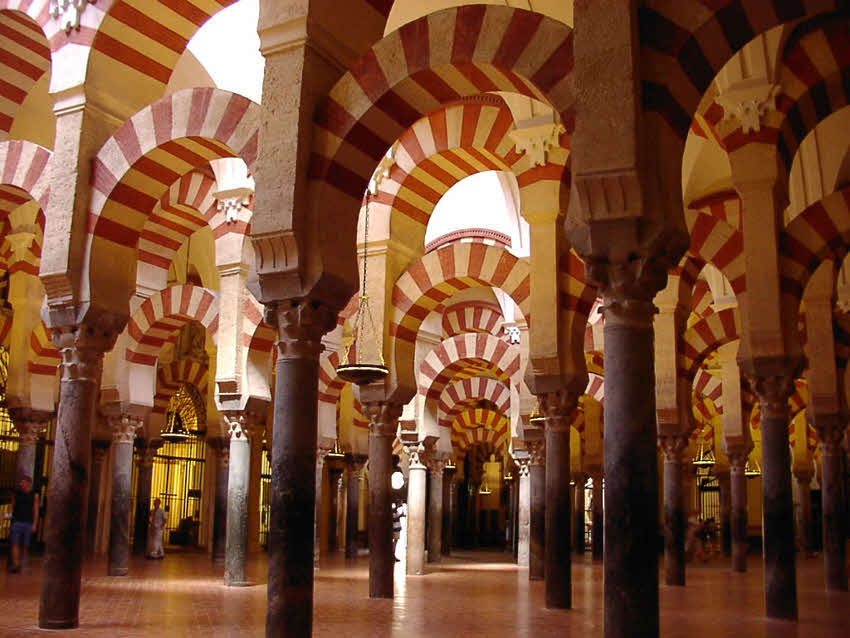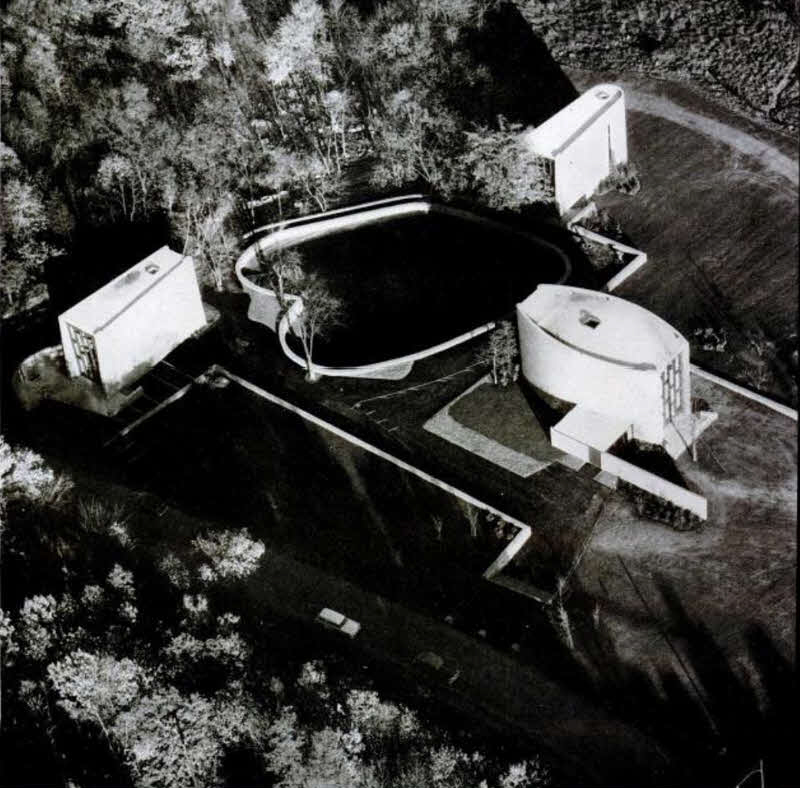By Plinio Corrêa de Oliveira
For eight centuries, the Cross and Islam were engaged in a fight to the death in Spain that ended only when the troops of the Catholic Kings seized Granada and expelled the last Moslem ruler from the peninsula.

The Capitulation of Granada, Painting by Francisco Pradilla y Ortiz. Boabdil gives the keys of the city to King Ferdinand and Queen Isabella
The reasons for this mortal opposition were multiple. On the religious plane, it was explained by an unyielding difference of doctrines, by the violent contrast between the morality of the Gospel and Mohammedan depravation and by the twofold purpose which the followers of Mohammed had of impeding the preaching of Christianity in the lands they dominated and subjugating the Catholic nations by force, extinguishing our holy Religion in them.
The long epic of the Christian Reconquest was inspired by an ardent faith and a sublime intransigence. This intransigence did not exclude, however, an attitude of intelligent discernment regarding the values of the Arab civilization. Because of this, having exterminated Mohammedanism, the conquerors conserved numerous monuments raised by the vanquished, even consecrating various mosques to the worship of the true God.
Religious syncretism? Who could accuse the heroes of the Reconquest of this repulsive error?
 No, the reason for this is another. Mohammedanism, like so many other false religions, was not able to influence so profoundly its faithful as to extinguish in them all love for the truth, moral sense, and consequently, artistic inspiration. On the contrary, these values, nourished by a natural uprightness that persisted to a good extent and, by precious cultural traditions, continued to develop, gave rise to cultures and artistic systems that are admirable under several aspects. The conquerors of Islam — moved by the spirit of the Church, which neither despises nor rejects man’s upright and good works — prudently mobilized the vigilance of the Inquisition against the remnants of Mohammed while lovingly conserving the marvels of Arabian art and legitimately consecrating them to divine worship.
No, the reason for this is another. Mohammedanism, like so many other false religions, was not able to influence so profoundly its faithful as to extinguish in them all love for the truth, moral sense, and consequently, artistic inspiration. On the contrary, these values, nourished by a natural uprightness that persisted to a good extent and, by precious cultural traditions, continued to develop, gave rise to cultures and artistic systems that are admirable under several aspects. The conquerors of Islam — moved by the spirit of the Church, which neither despises nor rejects man’s upright and good works — prudently mobilized the vigilance of the Inquisition against the remnants of Mohammed while lovingly conserving the marvels of Arabian art and legitimately consecrating them to divine worship.
An outstanding expression of this is found in the interior of the former mosque of Cordoba, today a Catholic cathedral. Numerous arches, ingeniously superimposed over one another, bestow dignity, lightness and undeniable enchantment to the ambience. The soul naturally feels inclined to leave the commonplace and elevate itself to noble and serene thoughts. Of course, in this work there can be nothing of the breath of faith that makes the Sainte Chapelle of Paris, or Assisi, as it were, antechambers of heaven. All in all, it lacks the supernatural, but no one could say that the sacred ceremonies of our liturgy could not properly develop in this naturally harmonious and dignified ambience.
Could one say the same of any of these three buildings? For what are they destined? A gymnasium? A cinema? A club? A theater?A warehouse? A factory? These inelegant, heavy and brutally simple forms have about them something gloomy, proletariat (in the worst meaning of the word) and vulgar. An immanent mystery seems to act within them like the law of gravity so that their walls and roofs tend to sink to the ground. It is a movement quite opposed to that by which souls tend to raise themselves toward heaven. How this differs from the noble lightness of an Arabian minaret, to say nothing of a Gothic tower.
 These are three ultra-modern churches, one Protestant, another Jewish, and the last, Catholic, on an American university campus. None of them bears any trace of their respective traditions or spirit. Placed thus side by side, they seem to be three equally legitimate species of one same genus, the religion genus. A like spirit gives them all a like physiognomy.
These are three ultra-modern churches, one Protestant, another Jewish, and the last, Catholic, on an American university campus. None of them bears any trace of their respective traditions or spirit. Placed thus side by side, they seem to be three equally legitimate species of one same genus, the religion genus. A like spirit gives them all a like physiognomy.
One has the impression that they have just one soul, that the force which fastens them to the ground is an immanent, sinister and cold mystery, giving them an aspect of three drops of the same liquid, three boxes filled with the same substance, three factories producing the same product.
It is, in our way of seeing, the very soul of contemporary neopaganism, the archetype of the worst of everything that ancient paganism had, corroding all the cultural manifestations in which it is nestled much more efficaciously than did ancient paganism and reducing everything to desolating uniformity.
Ambience Customs & Civilization, No. 63 – March 1956









